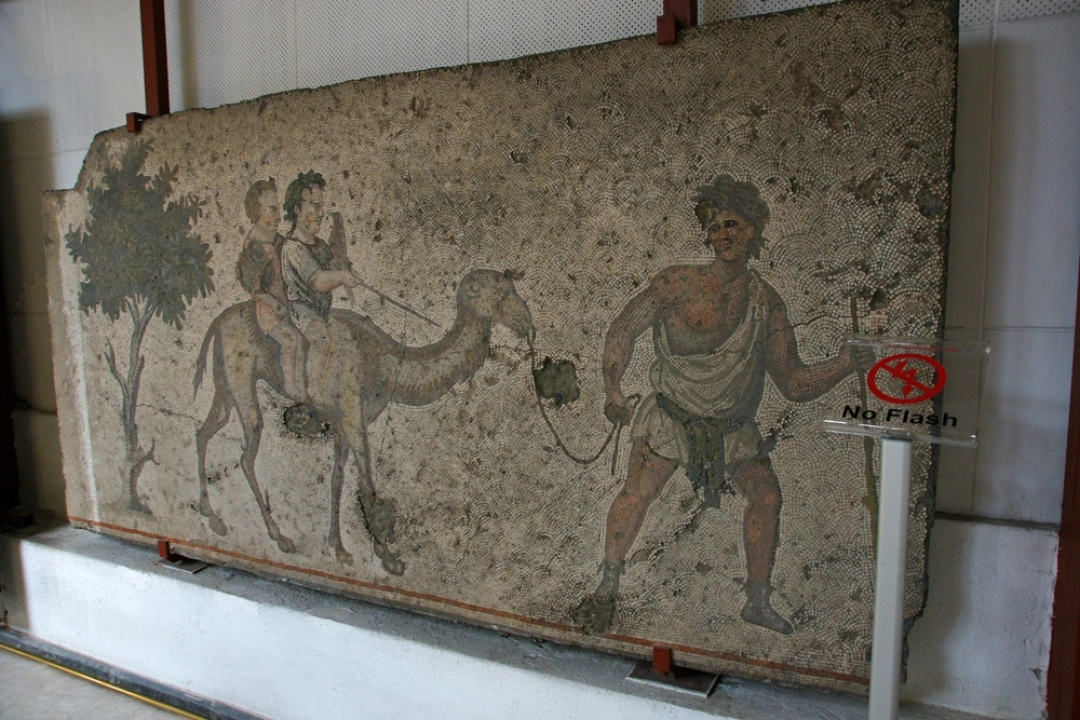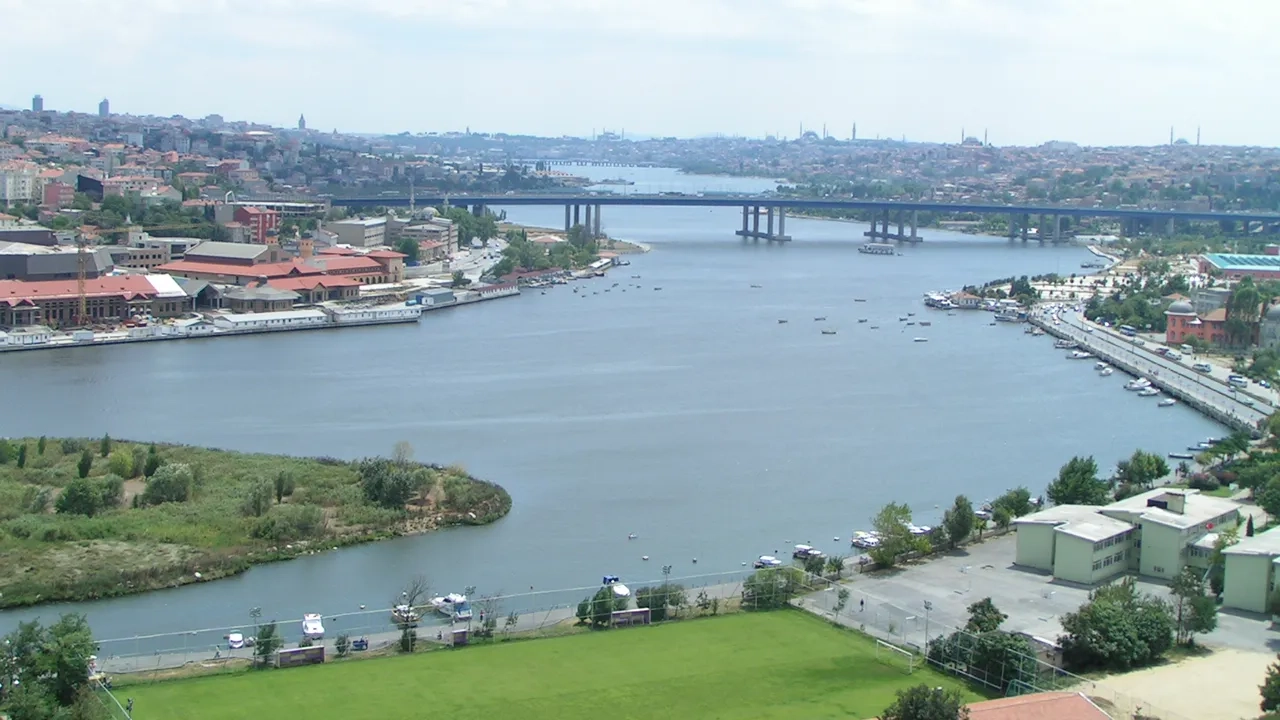
Istanbul Mosaic Museum
The Istanbul Mosaic Museum was built on the ruins of the Byzantine imperial complex and features a unique collection of ancient mosaics. Located in Arasta Bazaar within the Sultan Ahmed Mosque complex, it is one of the world’s most notable mosaic museums, offering visitors a rich experience with its remarkable exhibits that reflect the beauty of Byzantine art.
History of the Istanbul Mosaic Museum
During the Eastern Roman period, artists from across the empire created extensive mosaics covering an area of 1,870 square meters with 7.8 million pieces. In the 7th and 8th centuries, large marble slabs were placed over the mosaic floors due to a ban on images, causing the mosaics to be forgotten until they were rediscovered in 1921. The mosaic layers remained well-preserved because of this covering. Under Sultan Mehmet the Conqueror, an Ottoman residential area was unknowingly built over the mosaic-covered area near the Golden Horn. The mosaics resurfaced after a major fire in this Ottoman neighborhood. Excavations began in 1921 and continued until 1951, uncovering the mosaics and the remnants of Byzantine palaces. In 1997, the Grand Palace Mosaic Museum was officially established on-site.
Mosaic Artworks
The Grand Palace mosaics reveal a complex and precise construction process. Before the vibrant colors and intricate details emerged, a solid base of three natural layers was prepared. The scenes were then crafted using millions of small, colored cubes made of materials such as limestone, marble, and glass. It’s estimated that each square meter of mosaic contains around 40,000 cubes, reflecting the accuracy and dedication of its creation.
Grand Palace Mosaic Museum Opening
The Grand Palace Mosaic Museum opened on December 3, 1953, showcasing an intact mosaic floor from the Eastern Roman period. The museum, located in the northeast section of the arched courtyard of the Büyük Saray complex, expanded its collection over time with various mosaics found in Istanbul. Initially, it was part of the Istanbul Archaeological Museums in 1953, later transferred to the Hagia Sophia Museum Directorate in 1979. The museum took its current form after a restoration in 1982, completed in collaboration with the General Directorate of Antiquities and Museums and the Austrian Academy of Sciences.
Inside the Mosaic Museum
The mosaics discovered in 1935 during excavations in the northeastern monastery of the Great Eastern Roman Palace are among the most outstanding works for their aesthetic quality and thematic richness. These mosaics, dating from 450-550 AD, depict lively scenes of daily life, nature, and mythology, devoid of any religious elements. The artwork spans over 250 square meters and features around 150 scenes with 80 unique figures, including mythical creatures, reflecting the skill of the finest craftsmen of the Roman Empire.
Museum Hours and Ticket Prices
The Istanbul Mosaic Museum welcomes visitors daily from 8:00 AM to 10:00 PM.
Location and Directions to the Istanbul Mosaic Museum
The Grand Palace Mosaic Museum is situated in the Sultan Ahmed area of Fatih, where most of Istanbul’s historical museums and landmarks are located. To reach the museum, you can take the Kabataş-Bağcılar tram line and get off at the Sultanahmet stop. From Taksim, take the funicular from Taksim to Kabataş to connect with the tram.









